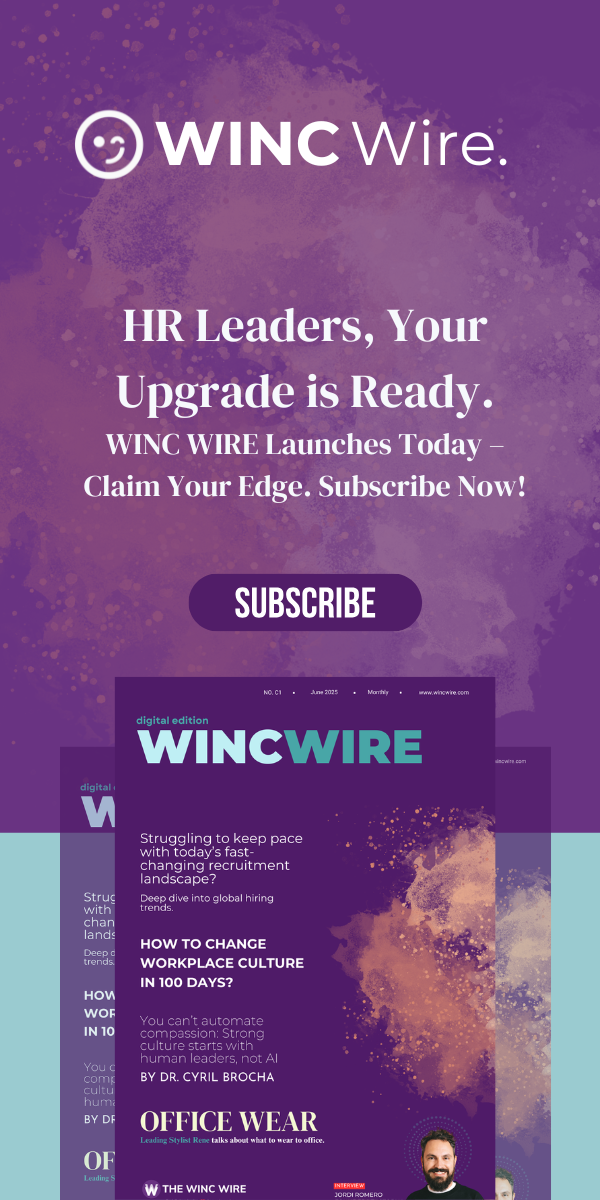Diversity, equity and inclusion – DEI for short – may be common terms on today’s corporate agenda, but their power runs far deeper than surface-level slogans. When embedded properly, DEI becomes the unseen engine that powers innovation, unlocks collective intelligence, and anchors a culture of growth.
It’s not simply about giving underrepresented groups a seat at the table. It’s about reimagining the table entirely – where every perspective enriches the dialogue and every voice carries weight.
A Workforce That Mirrors the Market
The shape of the workforce is changing – and so too are the expectations of customers and colleagues alike. In the UK, projections point to a future where ethnically and culturally diverse communities make up a significant portion of the population. Forward-looking organisations are already recognising the commercial value of aligning their workforce with the society they serve.
Consider this: teams that reflect the market can anticipate it better. Giants such as Amazon and Unilever haven’t stumbled into global success – they’ve consciously leveraged diverse teams to co-create solutions that resonate across cultural boundaries. Diversity, in their world, isn’t a footnote – it’s a strategic pillar.
And the shift isn’t confined to external gains. Internally, a generational handover is well underway. Millennials and Gen Z employees prioritise inclusive workplaces as non-negotiable. According to Glassdoor, 80% of candidates aged 18–34 consider DEI efforts a key deciding factor when weighing up job offers. If you’re not demonstrating genuine inclusion, you may be invisible to tomorrow’s talent.
The Loyalty Dividend of Inclusion
Attracting a diverse team is a strong start. Keeping them engaged is the real test.
Belonging isn’t built on policies; it’s woven into everyday interactions – in the tone of leadership, in the unspoken assumptions of meetings, in who gets heard and who gets overlooked. People stay where they feel seen, valued, and able to progress on equal footing.
Research from Workhuman shows that 72% of employees actively factor in an employer’s DEI efforts when deciding whether to stay. The message is clear: inclusion isn’t an initiative – it’s a culture. And culture is defined by what leaders walk past, endorse, and challenge.
Performative gestures no longer pass muster. To retain top talent, inclusion must be part of your organisational DNA – consistent, authentic, and reinforced from boardroom to break room.
Smarter Thinking, Stronger Decisions
Homogeneous teams may move fast, but diverse teams move smarter. When perspectives converge from different lived experiences, they spark questions that challenge assumptions and encourage critical thought.
Gartner found that highly diverse teams are 30% more likely to make better decisions. That’s not just data – it’s direction. The advantage lies not just in having different people in the room, but in creating an atmosphere where those differences are celebrated and heard.
Inclusion is the enabler. Without it, diversity is ornamental. With it, diversity becomes catalytic – igniting creativity, encouraging psychological safety, and breeding the kind of robust dialogue that drives real innovation.
What the Numbers Tell Us
If the moral imperative hasn’t yet convinced you, the commercial one should.
Gallup research shows that engaged employees – often cultivated in inclusive cultures – deliver higher productivity, stronger customer satisfaction and better business outcomes. And the edge doesn’t stop there. Organisations with diverse leadership teams are 46% more likely to open new market opportunities.
This isn’t just about profits. It’s about resilience. Organisations that draw on a breadth of perspectives are simply better positioned to adapt – to shift when markets shift, to respond to volatility, and to prepare for futures not yet written.
Making DEI Your Operating Standard
So, how can leaders move from intent to impact? Here are five actions to embed DEI as a core business driver:
- Know your baseline: Don’t rely on surface optics. Conduct robust audits of your demographic data and lived employee experience.
- Equip your leaders: The tone starts at the top. Provide training that fosters inclusive leadership behaviours, and hold leaders accountable.
- De-bias your systems: Review your hiring, promotion, and evaluation processes. Build checks that interrupt unintentional exclusion.
- Centre employee voice: Create open channels for feedback. Listen actively. Adapt based on what your people are telling you.
- Be transparent: Share progress and pitfalls. Inclusion thrives in organisations that aren’t afraid to show the work in progress.
A Future Built on Inclusion
DEI is no longer a competitive advantage – it’s the standard. The companies that thrive tomorrow will be those investing today in cultures where people feel empowered, seen, and celebrated.
This isn’t just good ethics. It’s good business. And more importantly, it’s the foundation of sustainable success in a world where diversity isn’t just inevitable – it’s essential.
The question is no longer whether to prioritise inclusion, but how quickly you can make it your organisation’s most powerful asset.





